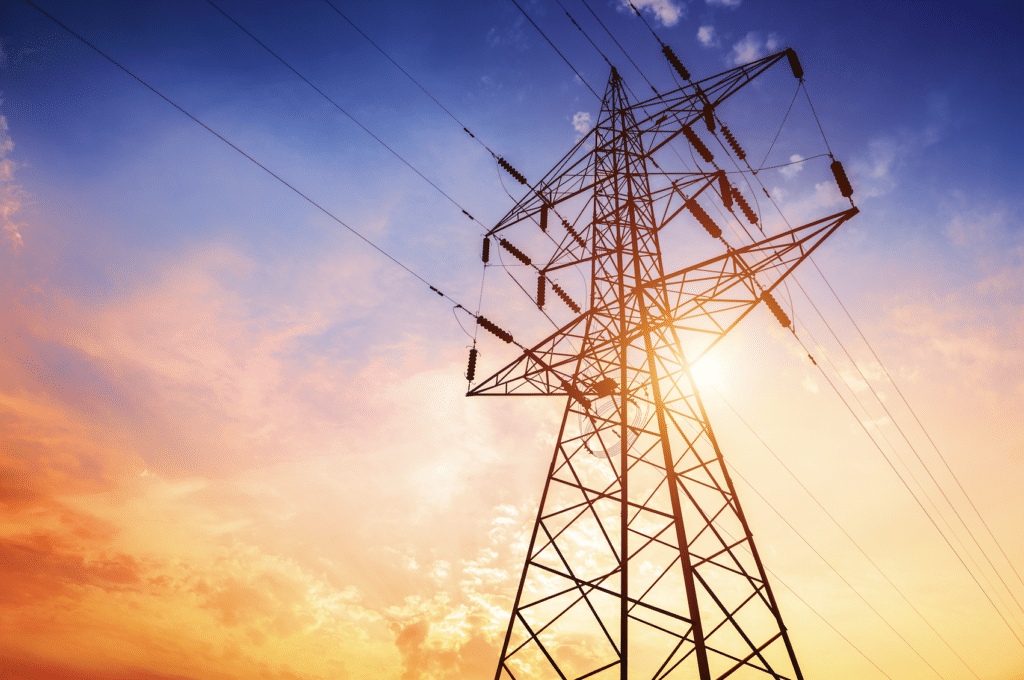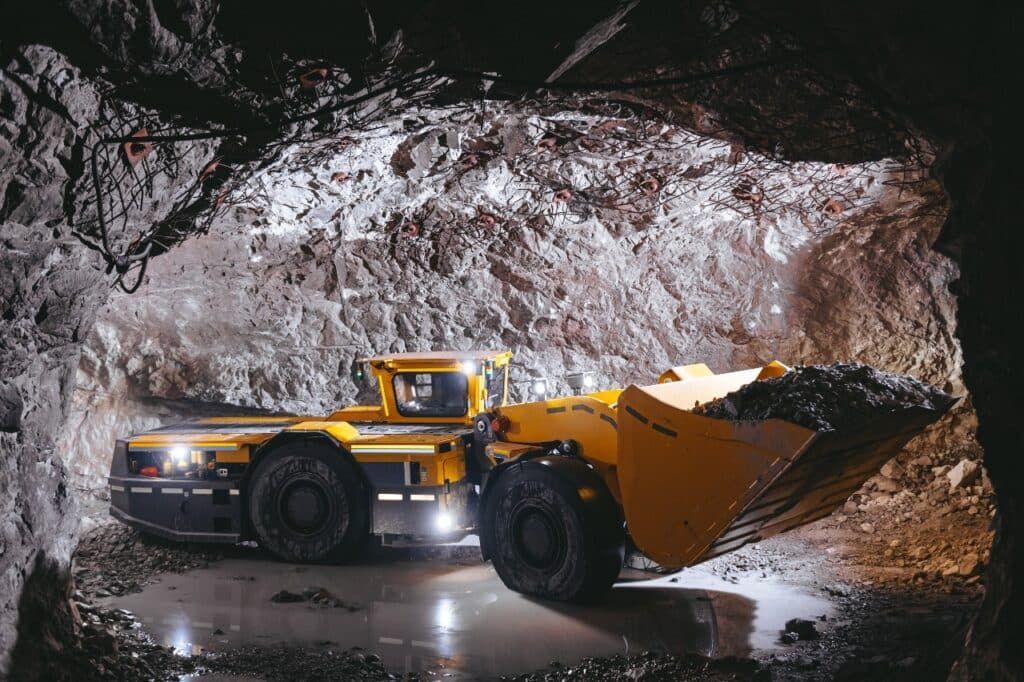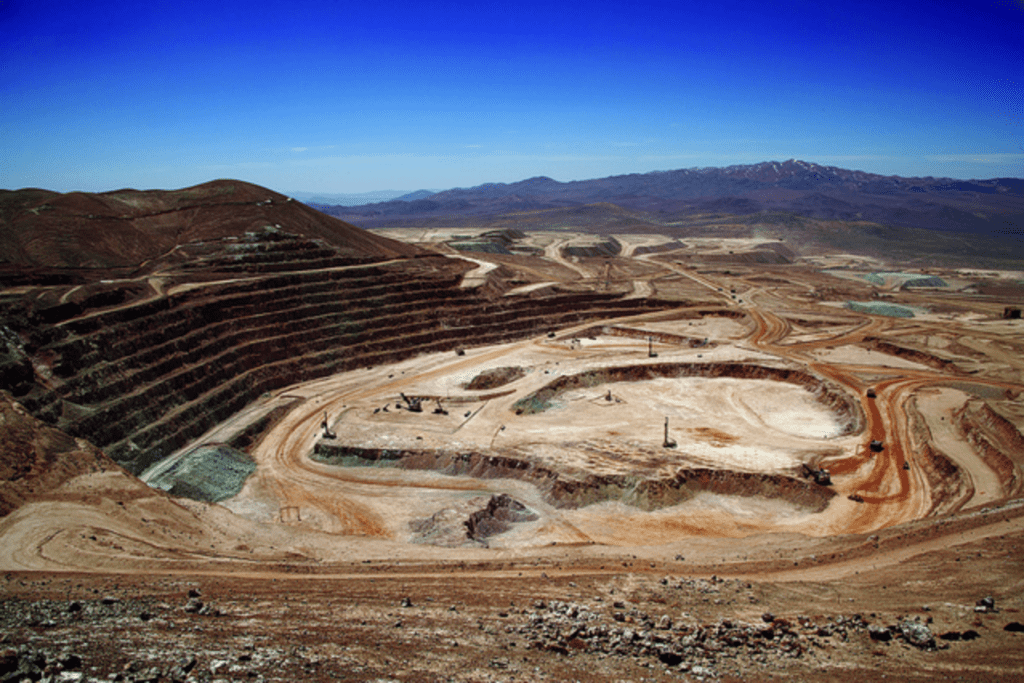Miner involved in vehicle rollover spotlights dangers of fatigue
A recent vehicle rollover incident involving a miner underscores the critical importance of addressing fatigue in high-risk industries. This incident serves as a reminder of the potential dangers associated with extended work hours and the need for comprehensive fatigue management strategies to ensure the safety and well-being of workers.
A worker on his 20th consecutive 12-hour shift was involved in a light vehicle rollover on a mine site, prompting a warning from the NSW Resources Regulator about the dangers of fatigue.
The NSW Resources Regulator investigated two recent incidents in which fatigue was an influencing factor. The first involved a worker micro-sleeping behind the wheel on their 20th consecutive 12-hour shift, resulting in a crash. Fortunately, the worker escaped injury.
After investigating, the safety watchdog determined that control measures such as fatigue risk assessments were not being undertaken for workers who had a combined work and travel time in exceedance of the mine’s fatigue management plan.
The second incident, the nature of which was not disclosed, involved a mining electrician who was on his 10th consecutive 12.5-hour shift when he had an accident involving a vehicle.
Due to the round-the-clock and remote nature of mining operations, long shift work is a common practice. And the industry has stringent legislative obligations to reflect this.
The NSW Resources Regulator said that mine operators should be aware of their obligations regarding fatigue. This includes:
- mine operators having effective control measures for minimising the risk that workers will be impaired by fatigue. (Schedule 2 (1)(b) Work Health and Safety (Mines and Petroleum Sites) Regulation 2022)
- mine operators implementing control measures to either eliminate or reasonably practicable minimise the risk with regards to systems of work, including how the work is managed, organised, and supported. (Division 11, Cl 55D (2)(d) Work Health and Safety Regulation 2017).
The position at common law tells a similar story, with employers often held liable for injuries sustained outside of working hours where workplace fatigue plays a factor.
No matter how enormous and efficient mining operations become, the industry will always need people – and people will always need sleep. Beyond fatigue monitoring plans and risk assessments, there are technology solutions available on the market to help combat fatigue.
Glencore was recently recognised by the NSW Minerals Council for its Operator Awareness System, which monitors vehicle drivers for signs of tiredness, triggering alarm and vibration systems when the operators’ eyes close.
In a more recent development, wearable monitoring technologies also present a possible real-time defence against fatigue.
To manage the risks, the NSW Resources Regulator recommends that mine operators:
- have assessed if fatigue is a risk for the mine
- ensure controls identified in their fatigue management plan are implemented monitored and regularly reviewed
- control measures are consistently applied across all areas of the mine site including contractors and project works
- provide training, information and instruction to workers participating in risk assessments that address fatigue so they can effectively participate
- must provide fatigue management training to all workers, including supervisors and contractors
- where reasonably practicable, fatigue monitoring systems are installed on mobile plant
- have systems in place to monitor compliance with the management plan for all workers on site
- complete risk assessments for all workers on site that are working more than 14 hours (including travel time)
- where journey management plans are identified as a control measure, they are implemented for workers at risk (such as workers who have a combined total of 14 hours of work and travel time)
- ensure there is a process in place to trigger the review of journey management plans. Reviews should occur to ensure the workers nominated travel point during the work roster period is up to date. This should also include travel requirements before and end of the roster.
- that if an incident occurs on site and fatigue is identified as a factor, the investigation should include a review of the risk assessment and controls in place.
Source: https://safetowork.com.au/miner-involved-in-a-vehicle-rollover-spotlights-dangers-of-fatigue/




